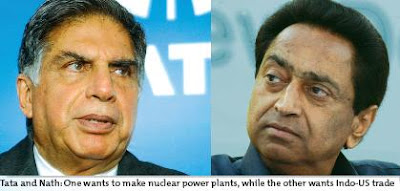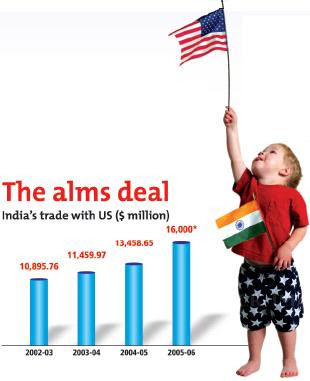IIPM Best MBA Institute
.... You can do your own thing at the community exposition!
There a
 re cultural festivals and religious festivals, national festivals and seasonal festivals... Here’s a community festival. Home to artists and manufacturers both living and working in the small historic market town in South West England, the Frome Festival promises to be a literary and musical bonanza to include more than 110 events over a period of 10 days – from July 6 2007 to 15. The sense of community, derived from shared interests, is visibly strong. The days will present a fine symphony of all genres of music – folk, jazz, classical etc. while literature buff s can drown themselves in the world of films, exhibitions, visual arts and other events.
re cultural festivals and religious festivals, national festivals and seasonal festivals... Here’s a community festival. Home to artists and manufacturers both living and working in the small historic market town in South West England, the Frome Festival promises to be a literary and musical bonanza to include more than 110 events over a period of 10 days – from July 6 2007 to 15. The sense of community, derived from shared interests, is visibly strong. The days will present a fine symphony of all genres of music – folk, jazz, classical etc. while literature buff s can drown themselves in the world of films, exhibitions, visual arts and other events.Now
 seven years old, Frome Festival takes place at the local chapels, Merlin Theatre, Memorial Theatre etc.. A multifaceted feast for all involved, these events looking to enthuse and entertain would have a common emphasis – art. A treasure trove of historic and architectural marvels and a hub for contemporary arts, Frome Festival might prove more fruitful than visiting 7 different places in 10 days!
seven years old, Frome Festival takes place at the local chapels, Merlin Theatre, Memorial Theatre etc.. A multifaceted feast for all involved, these events looking to enthuse and entertain would have a common emphasis – art. A treasure trove of historic and architectural marvels and a hub for contemporary arts, Frome Festival might prove more fruitful than visiting 7 different places in 10 days!An
 exhibition titled ‘Ground’ inspired by the landscape around will be on in Rock Lane Gallery. Besides, in keeping with the global rave and rant about environment, this festival is busy too with painting the town, not red, but green, that will include the Green Fair, Farmers’ Markets and the Green Music/Movie projects. Youngsters from Frome Community College and Critchill Special Needs School feature in events of storytelling,
exhibition titled ‘Ground’ inspired by the landscape around will be on in Rock Lane Gallery. Besides, in keeping with the global rave and rant about environment, this festival is busy too with painting the town, not red, but green, that will include the Green Fair, Farmers’ Markets and the Green Music/Movie projects. Youngsters from Frome Community College and Critchill Special Needs School feature in events of storytelling,  drama and computer-generated sound scape. The Youth Council holds a series of workshops and a Youth Café at the United Reformed Church Hall. For the young at heart, Frome Recreation and open ground support (FROGS) will have workshops along the river walk and a grand closing ceremony outside what they call Cheese and Grain. Let the magnificent display paint the canvas of your imagination with images that will surely find way to your travel diaries.
drama and computer-generated sound scape. The Youth Council holds a series of workshops and a Youth Café at the United Reformed Church Hall. For the young at heart, Frome Recreation and open ground support (FROGS) will have workshops along the river walk and a grand closing ceremony outside what they call Cheese and Grain. Let the magnificent display paint the canvas of your imagination with images that will surely find way to your travel diaries.Edit bureau: Yefu Daniel Chen
For Complete IIPM Article, Click on IIPM Article
Source : IIPM Editorial, 2007
An IIPM and Professor Arindam Chaudhuri (Renowned Management Guru and Economist) Initiative
For More IIPM Info, Visit Below....
IIPM Economy Review
ARINDAM CHAUDHURI’S 4 REASONS WHY YOU SHOULD CHOOSE IIPM...
IIPM :- Cicero's Challenge is going global
The Indian Institute of Planning and Management (I...
After CDMA, will nokia miss the 3G bus ?
Time for Awards at IIPM
STUDENTS AGAINST CORRUPTION & KICKBACKS : SACK
HRIC :- Human Resource Intelligence Cell
Heavy dut(t)y stress Sanjay Dutt Bollywood Actor
The Business of B-School Rankings & The Big Farce
36TH Full Time Programme In Planning & Entrepreneu...


















